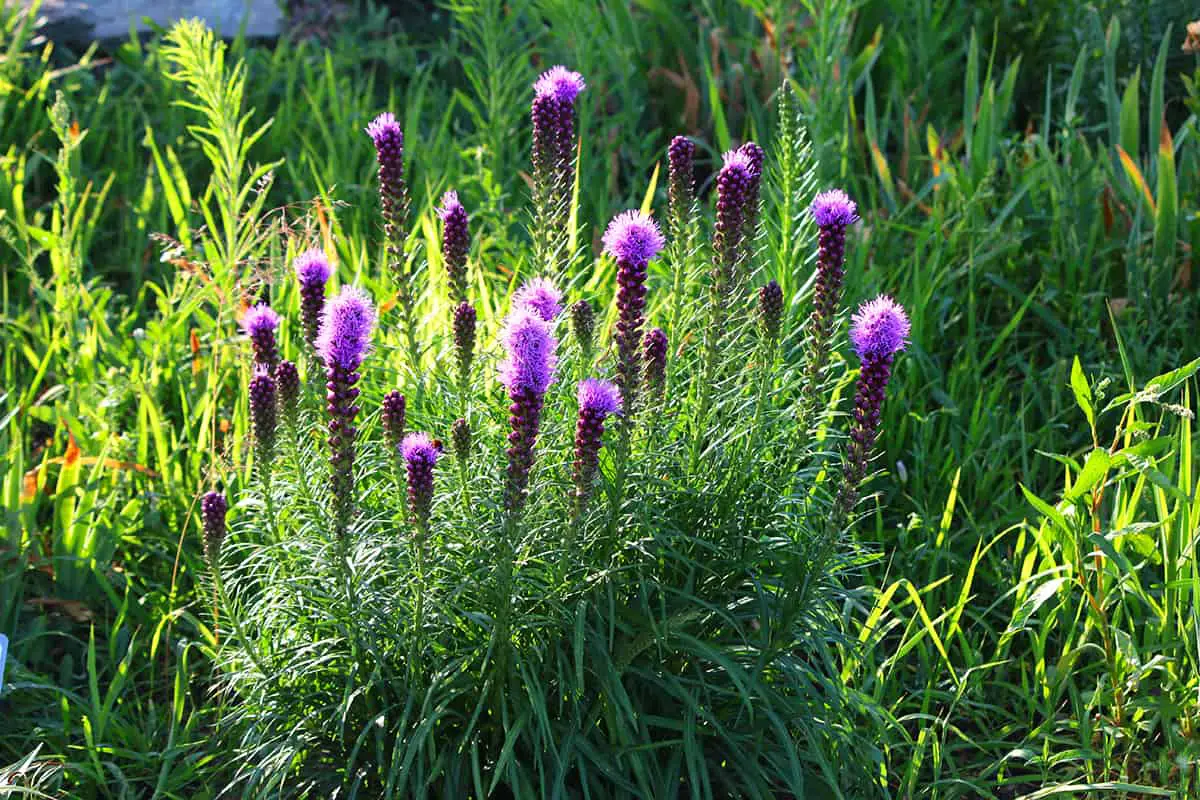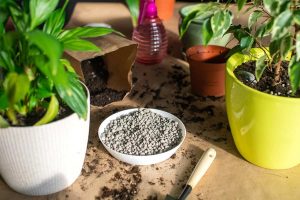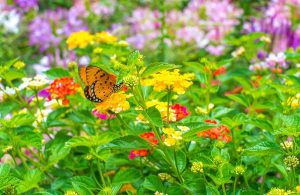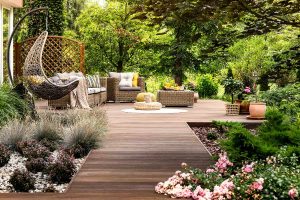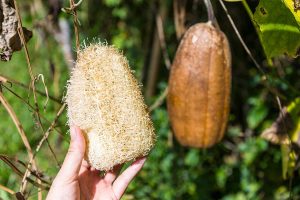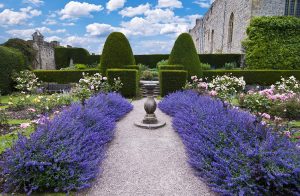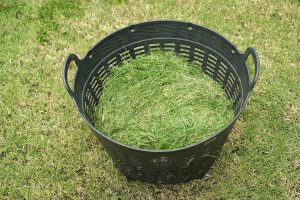Basking in the warm glow of the sun, your garden becomes a sanctuary, a place where you seek solace and joy. Now, consider being able to bring that radiant energy indoors with vibrant, sun-loving perennials handpicked from your very own cutting garden. It’s like having a perpetual sunshine on your kitchen table or bedside stand, brightening even the dullest of days. Let’s explore the best sun-loving perennials to cultivate your own personal bouquet haven.
Table of Contents
Peonies (Paeonia Spp.)
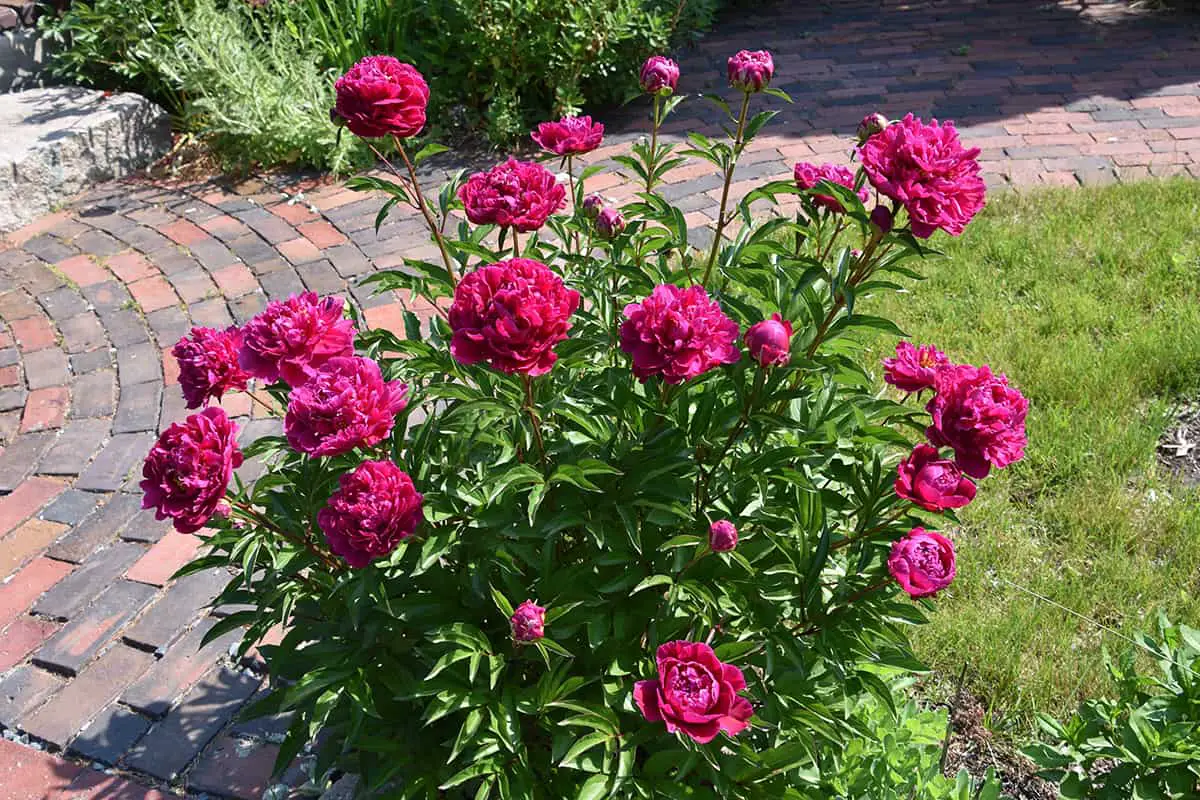
Peonies are a popular choice for a sun-loving cutting garden due to their stunning, fragrant blooms and impressive longevity. Their beautiful, large flowers can be a showstopper in your cutting garden or an elegant addition to indoor arrangements.
There are various species in the Paeonia genus, suited for different gardeners’ specific needs. The common garden peony (P. lactiflora) is a standard herbaceous variety available in numerous colors and forms. You might also consider planting European species like P. officinalis and P. peregrina, known for their red flowers. If your garden offers some shade, woodland peonies such as P. japonica and P. obovata are ideal choices.
To ensure your peonies are healthy and thriving, place them in well-draining, fertile soil where they can receive full sun or light shade. Pay attention to possible fungal issues, such as Botrytis, which can affect the plant. Removing withered buds, spent flowers, and cutting the stalks at ground level in the fall can help prevent these problems. Additionally, moving the peonies to a sunnier location, if they’re in partial shade, can improve their overall condition.
Black-Eyed Susan (Rudbeckia Hirta)
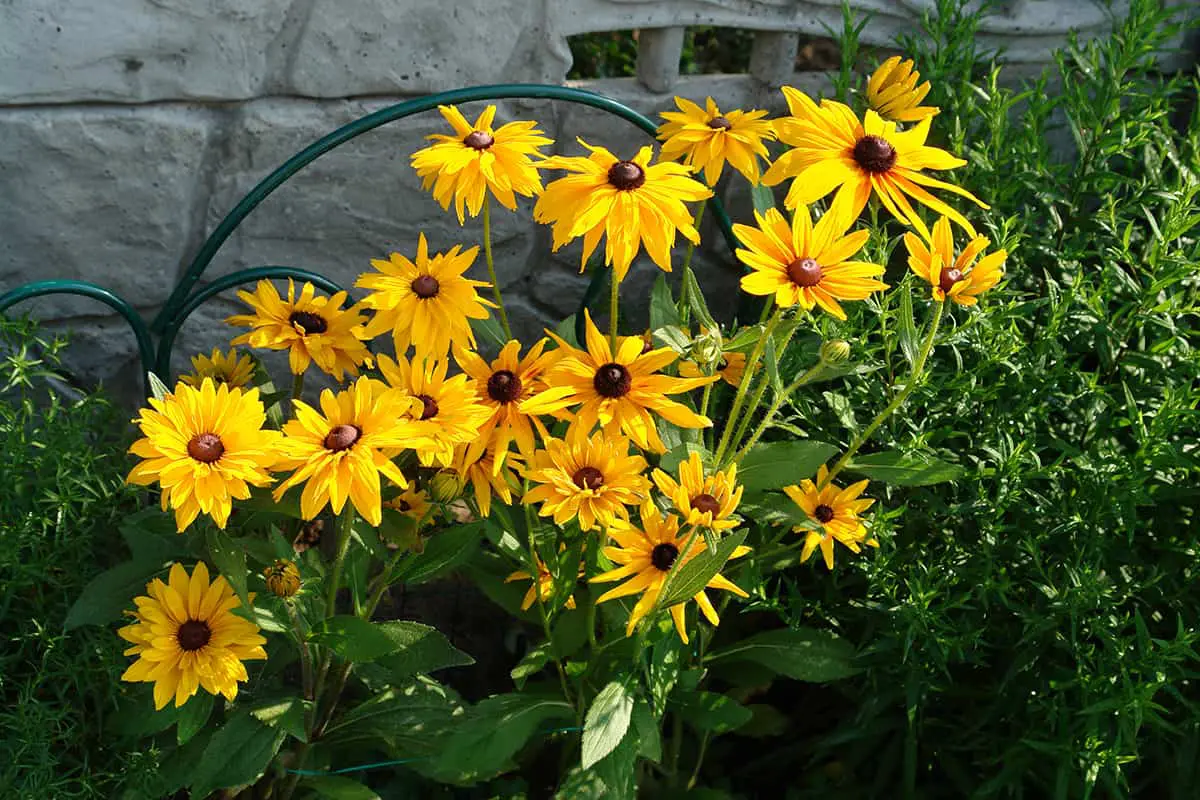
Black-eyed Susan, or Rudbeckia hirta, is a fantastic sun-loving perennial for your cutting garden. This colorful plant showcases vibrant yellow petals surrounding dark brown centers, making it a striking addition to any garden.
You’ll appreciate its fast growth, as black-eyed Susan matures quickly, blooming in its first year when planted from seed in early spring. It can easily be mistaken for an annual due to its rapid development. This flower is not only beautiful, but also native to the eastern United States, making it an environmentally friendly choice for your garden.
When it comes to care, black-eyed Susan is quite low-maintenance. They can reach a height of 24 to 36 inches, and thrive in full sun with well-drained soil. You can find various cultivars like ‘Prairie Sun’ or ‘Goldsturm’, each with its unique characteristics and colors, perfect for creating diverse arrangements.
In addition to their aesthetic appeal, black-eyed Susans are also beneficial for local ecosystems, as they attract pollinators like bees and butterflies.
Coneflower (Echinacea Spp.)
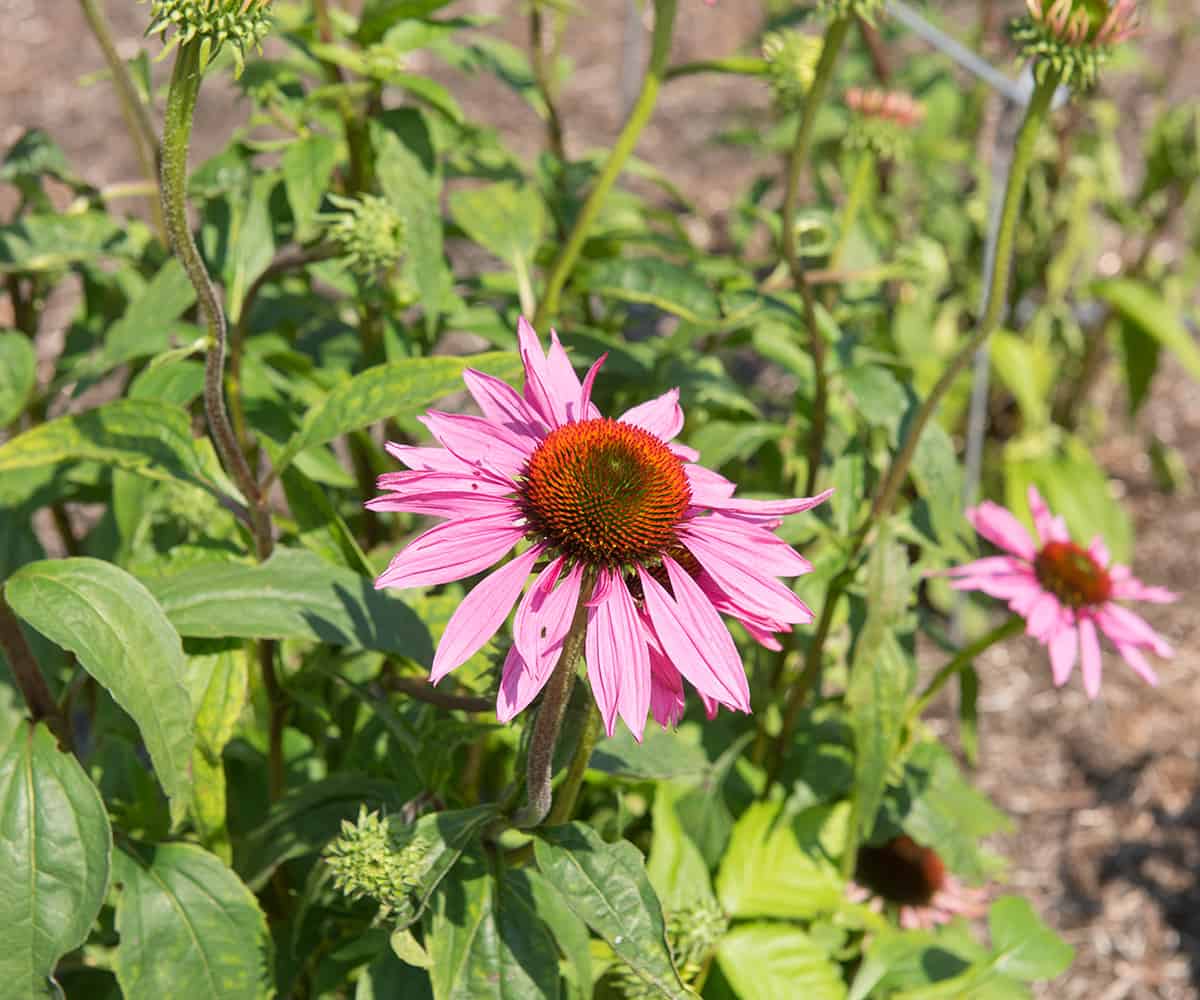
Coneflowers are a wonderful addition to your cutting garden. This sun-loving perennial thrives in USDA Plant Hardiness zones 3 to 8, making them a versatile choice for various climates. With their vibrant colors and wide range of species, you can create an eye-catching display in your garden.
Echinacea plants are prized for their low-maintenance requirements and drought tolerance. They prefer full sun and well-drained soil, which makes them easy to grow. The deep roots can handle long periods of drought, ensuring that your plants will flourish even in challenging conditions.
An added bonus of planting coneflowers is their benefit to the local ecosystem. They’re known to be an excellent nectar source for butterflies, bees, and other pollinators. Moreover, once the blooms have faded, they provide food for goldfinches and other seed-eating birds, making your garden a haven for wildlife.
Shasta Daisy (Leucanthemum X Superbum)
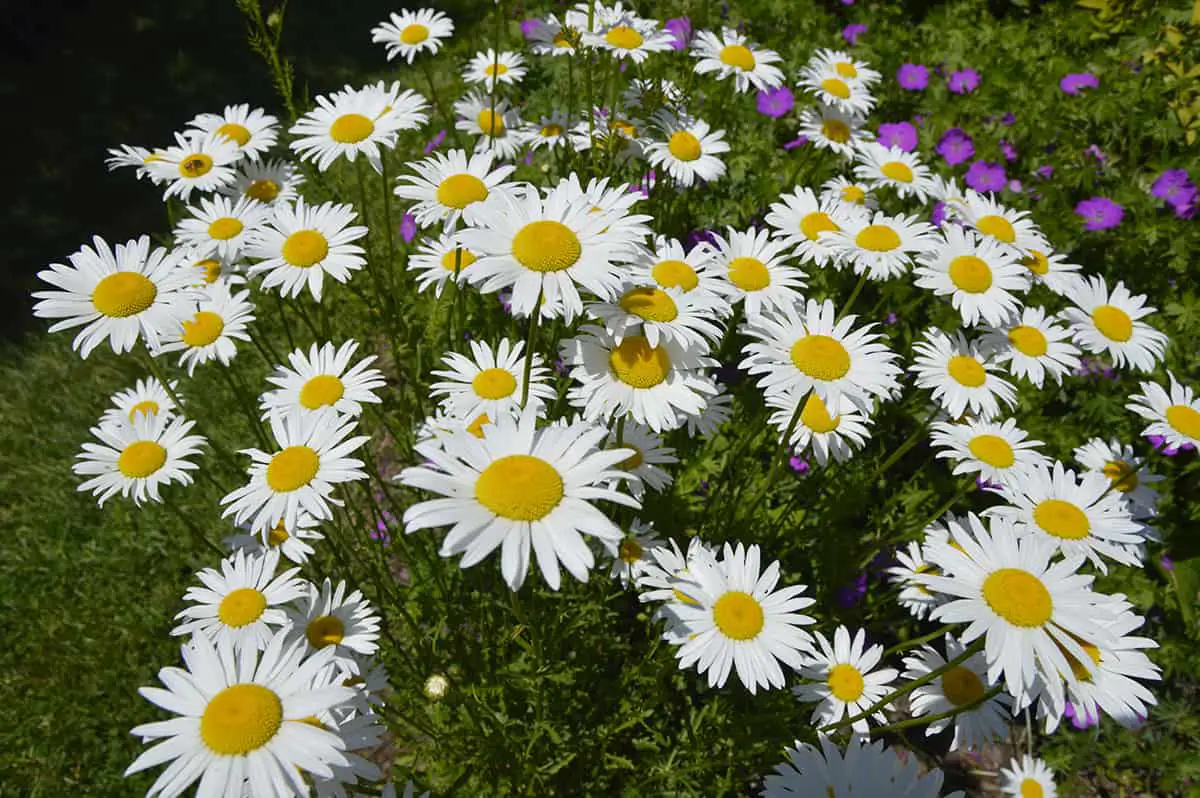
Shasta daisies are a timeless addition to your cutting garden. As a sun-loving perennial, they thrive in full sun to partial shade. Their classic white petals and yellow centers make attractive cut flowers, perfect for brightening up any space.
Plant your Shasta daisies in average to dry, well-drained soil. You’ll find various single and double-flowered cultivars to suit your garden’s style. Shasta daisies are versatile, fitting just as seamlessly in a modern landscape as they do in a cottage garden.
These perennials have an extended blooming period, generally lasting from June to September. To prolong their bloom and keep your garden looking fresh, practice regular deadheading. After their flowering season, cut the plants down in mid-September to encourage vegetative growth and extend their life in your garden.
Lavender (Lavandula Spp.)
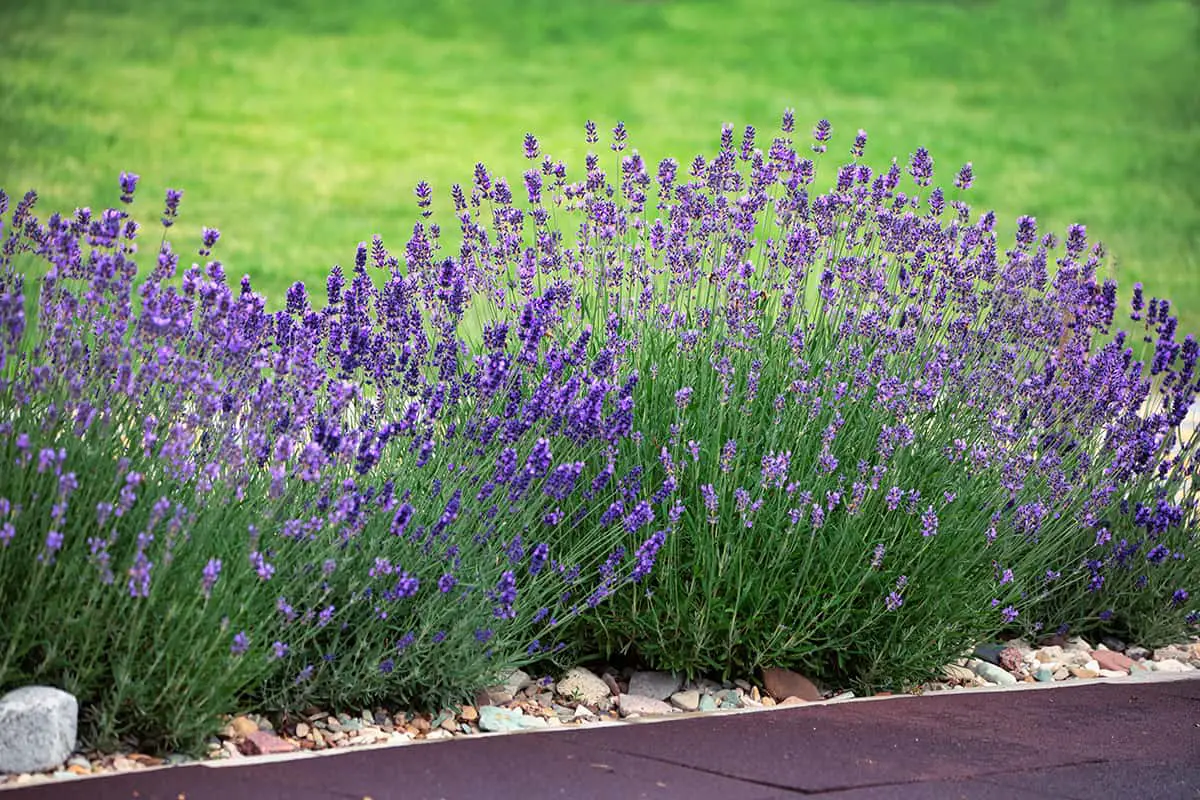
The lavender plant (Lavandula species) is an excellent addition to your cutting garden. Lavender plants are native to Europe and thrive in well-drained, neutral to alkaline soil. Lavender’s showy summer flowers and fragrant foliage make it a perfect choice for those who love sun-loving perennials.
There are different types of lavender, with varying flower and leaf shapes. Commonly, they grow from 1 to 4 feet tall and 1-2 feet wide. Lavender plants are deer-resistant and attract pollinators such as bees, making them a valuable asset to your garden.
You may choose English lavender (Lavandula angustifolia) for your cutting garden. This species grows up to 2 feet tall and 3 feet wide. English lavender blooms in the summer and has aromatic leaves, flowers, and dry seed heads. Dried lavender flowers can also be used in potpourri, for a fragrant accent in your home.
When propagating lavender, you can use seeds, division, or stem cuttings. To grow lavender from stem cuttings, follow these steps: cut a vegetative stem just below a node, remove a few of the lower leaves, dip the cut end in rooting hormone, and place the cutting in warm, moist potting soil. Roots will form in about 30-40 days.
Russian Sage (Perovskia Atriplicifolia)
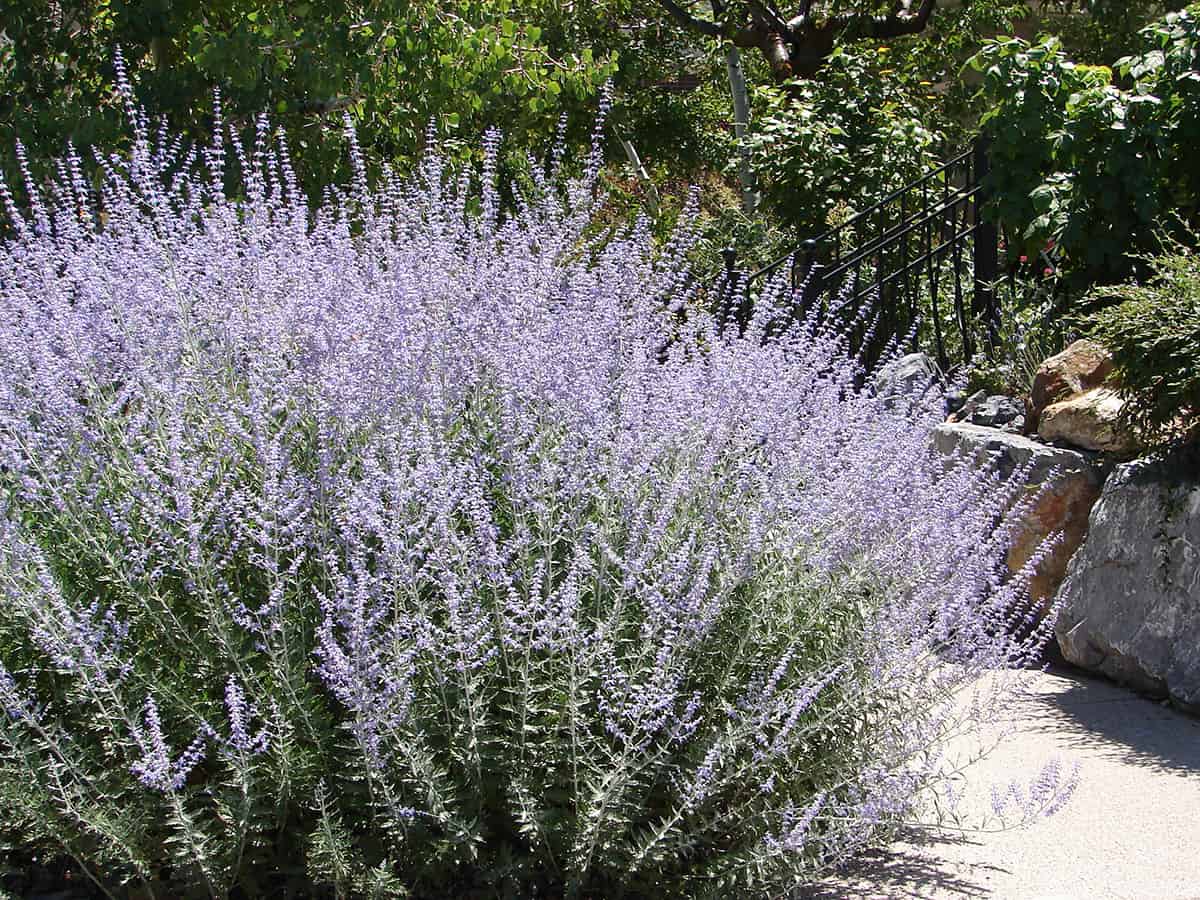
Russian sage is a semi-woody groundcover loved for its captivating late-summer blooms. It features elongated, gray-green leaves and square, silvery-gray stems that create an alluring, airy cloud of color. The tiny, purple-blue flowers are tubular and arranged in whorls along the long stems.
You’ll appreciate how adaptable and robust this plant is, as it can tolerate a wide array of soil types. It thrives either as a single specimen plant or in a grouping with others. Due to its appearance and cold hardiness, it works well in the middle or back of a mixed perennial border.
To support native bees, choose Russian sage ‘Little Spire’ for your cutting garden. This variety attracts various species of native bees and honey bees. Remarkably tough and heat-tolerant, ‘Little Spire’ provides vertical spikes of vibrant purple blooms that last deep into the summer season.
Yarrow (Achillea Millefolium)
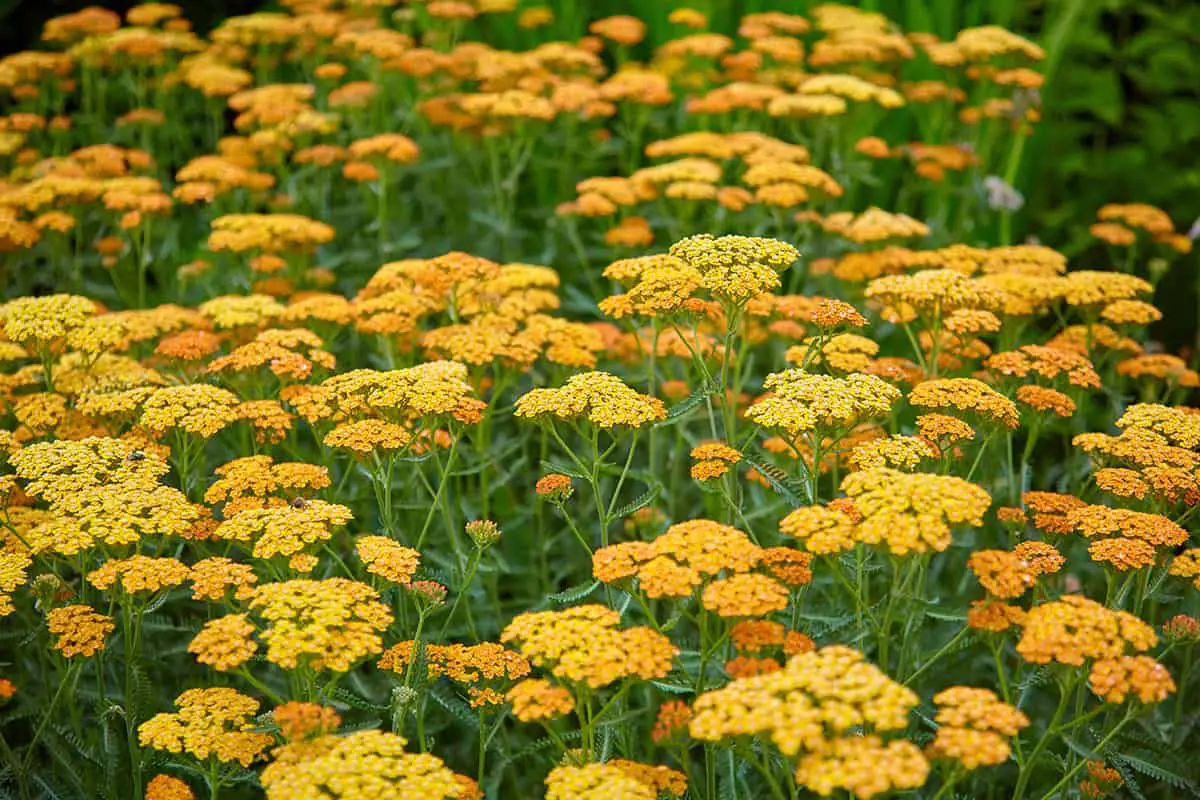
Yarrow is a sun-loving perennial from the daisy (Asteraceae) family, perfect for a cutting garden. This native plant offers feathery foliage and vibrant flowers in white, yellow, and pink shades, making it a versatile choice for any garden.
As a drought-tolerant plant, yarrow thrives in well-drained soil and full sun. You can often find it naturalizing in fields and along roadsides, showcasing its resilience and adaptability. Yarrow is not only a beautiful addition to a garden, but it also attracts butterflies and other wildlife.
Propagating yarrow is a rewarding process that allows you to multiply your plant stock and enjoy numerous benefits. There are various methods of yarrow propagation, such as division, cuttings, and seeds. Whichever method you choose, you’ll soon find that growing yarrow is straightforward and satisfying.
Gladiolus (Gladiolus Spp.)
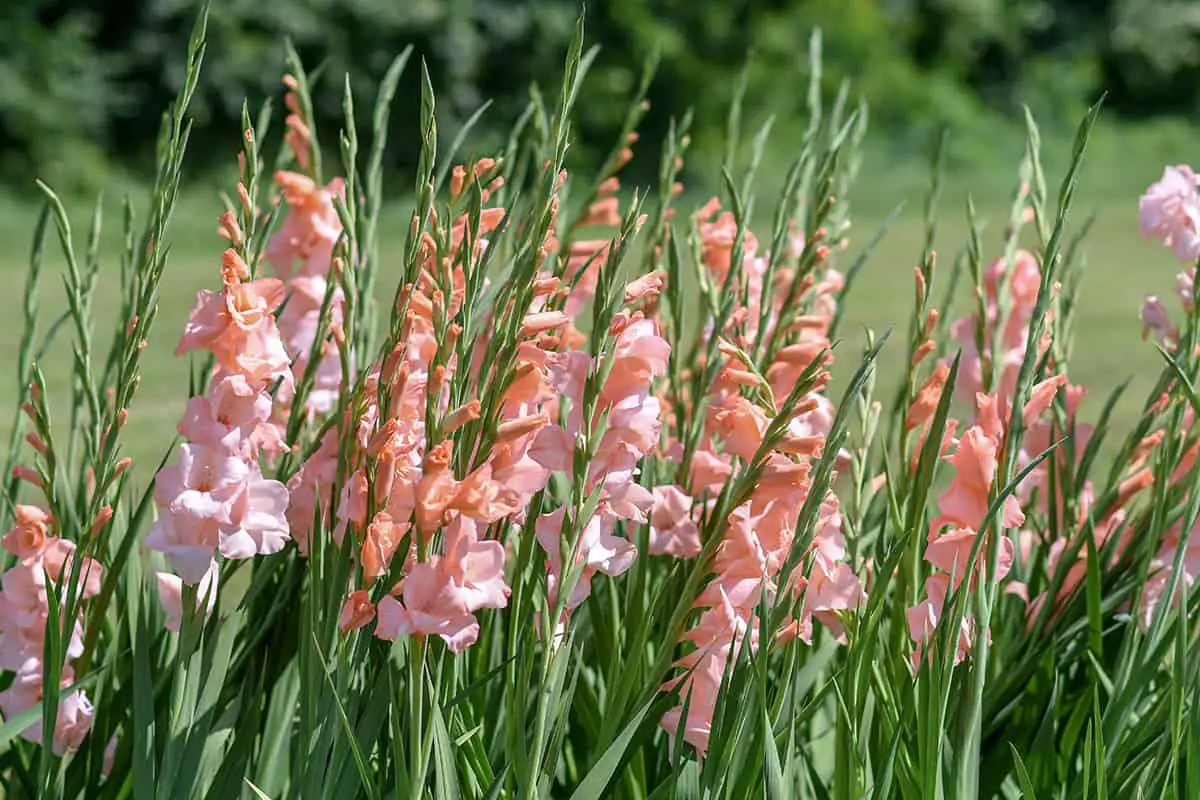
Gladiolus plants are an excellent addition to your cutting garden. They are sun-loving perennials that produce tall, colorful flower spikes perfect for creating eye-catching floral arrangements. You’ll find a wide range of Gladiolus varieties, each offering a beautiful array of colors to brighten up your garden.
To achieve a long-lasting blooming period, consider planting Gladiolus bulbs in consecutive intervals. This will ensure you have a continuous supply of fresh flowers for your stunning arrangements. Planting Gladiolus in containers is also an option to provide additional versatility and simplicity to your garden space.
Taking care of Gladiolus plants is relatively straightforward. You need to provide adequate sunlight and well-draining soil to promote healthy growth. Additionally, these plants may be susceptible to various diseases and pests, so you must monitor them regularly and take proper action to prevent any negative impacts on your cutting garden.
Daylily (Hemerocallis Spp.)
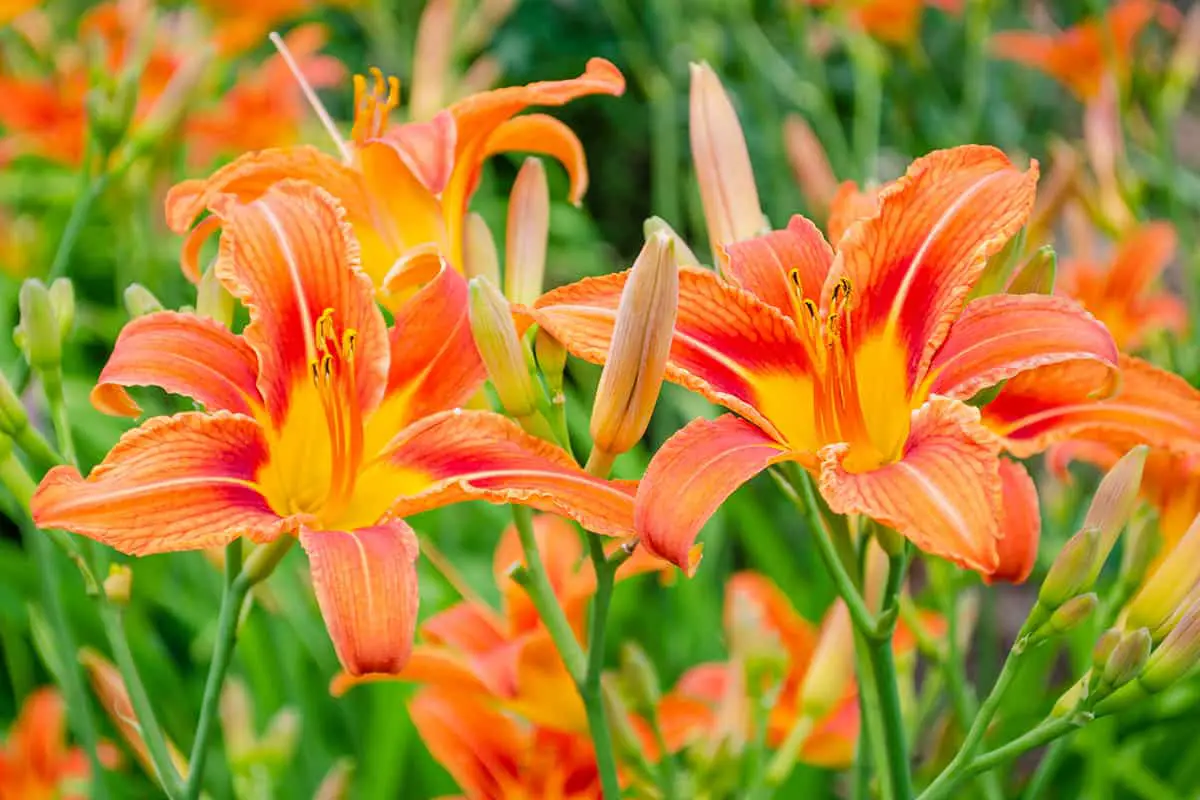
Daylilies are a popular choice for sun-loving perennials in a cutting garden. These herbaceous plants, native to Asia and central Europe, belong to the Hemerocallidaceae family. Famously known for their clump-forming habits, daylilies come in various colors, making your cutting garden vibrant and attractive.
You’ll find that daylilies require full sun to partial shade, and it needs around six to eight hours of direct sunlight. Though they thrive in loamy soil with good drainage, they can also tolerate various soil conditions. These low-maintenance plants are often called the “flower that thrives on neglect” for their ability to flourish with little attention.
In terms of aesthetic appeal, daylilies’ arching foliage provides a pleasant contrast to the bold flower colors1. The individual flowers last for only one day, but worry not – each plant produces many buds, allowing a well-established clump to bloom for 30 to 40 days.
When planning your cutting garden, consider using dwarf yellow daylily (Hemerocallis minor) for mass plantings, rock gardens, or borders. Alternatively, daylily hybrids (Hemerocallis hybrida) are available in various shapes and sizes, enhancing the overall diversity in your garden.
Bee Balm (Monarda Didyma)
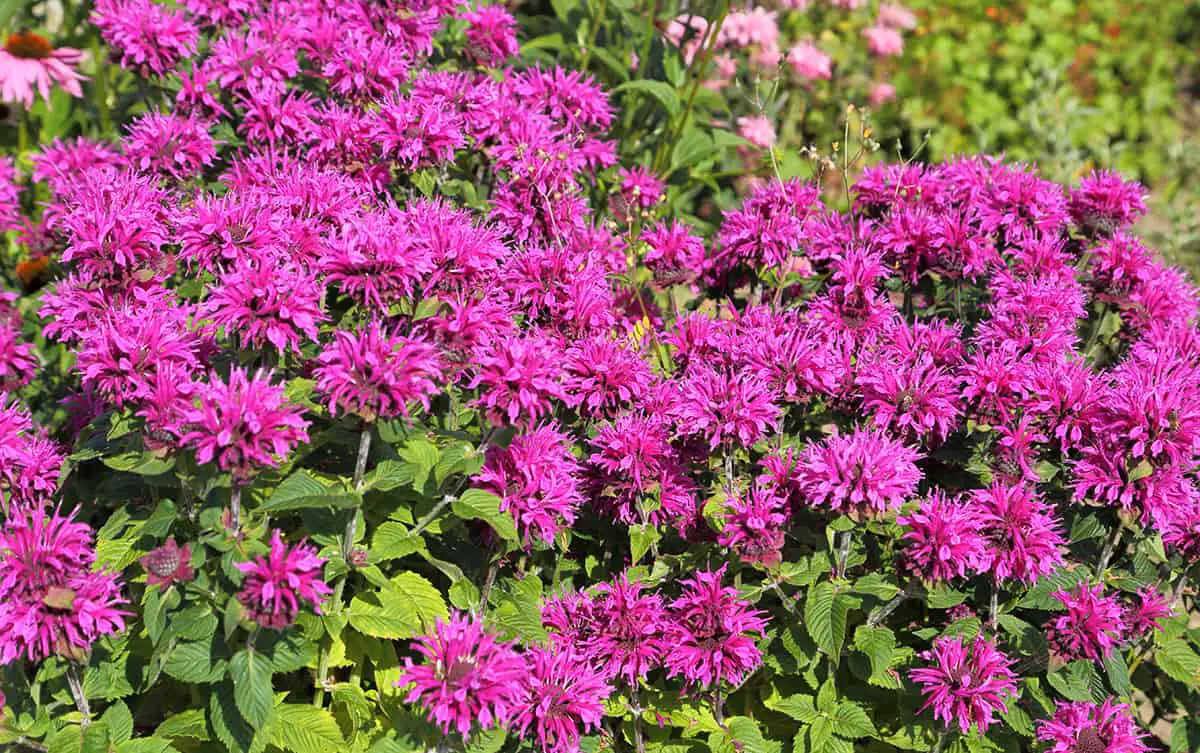
Bee balm is an attractive, sun-loving perennial perfect for your cutting garden. With its aromatic, minty scent, this plant is known for attracting butterflies, hummingbirds, and bees. In addition to its stunning, tubular flowers, bee balm features dark green, oval-shaped leaves with serrated edges. Plant this vibrant perennial, available in red, pink, and purple hues, to create an eye-catching display in your garden.
When planting bee balm, take note of its specific requirements. This perennial prefers well-drained soil, consistent moisture, and full sun exposure. Water plants every 7 to 10 days during dry periods, soaking the soil to a depth of 6 to 8 inches. To conserve soil moisture and reduce watering frequency, apply a layer of mulch around your plants.
Prune bee balm regularly to promote healthy growth and prevent overcrowding. Remove dead or damaged stems during the season and cut plants back to the ground in late fall. Keep an eye out for powdery mildew, a common issue with bee balm. To minimize the risk of disease, space plants 18 to 24 inches apart for adequate air circulation.
